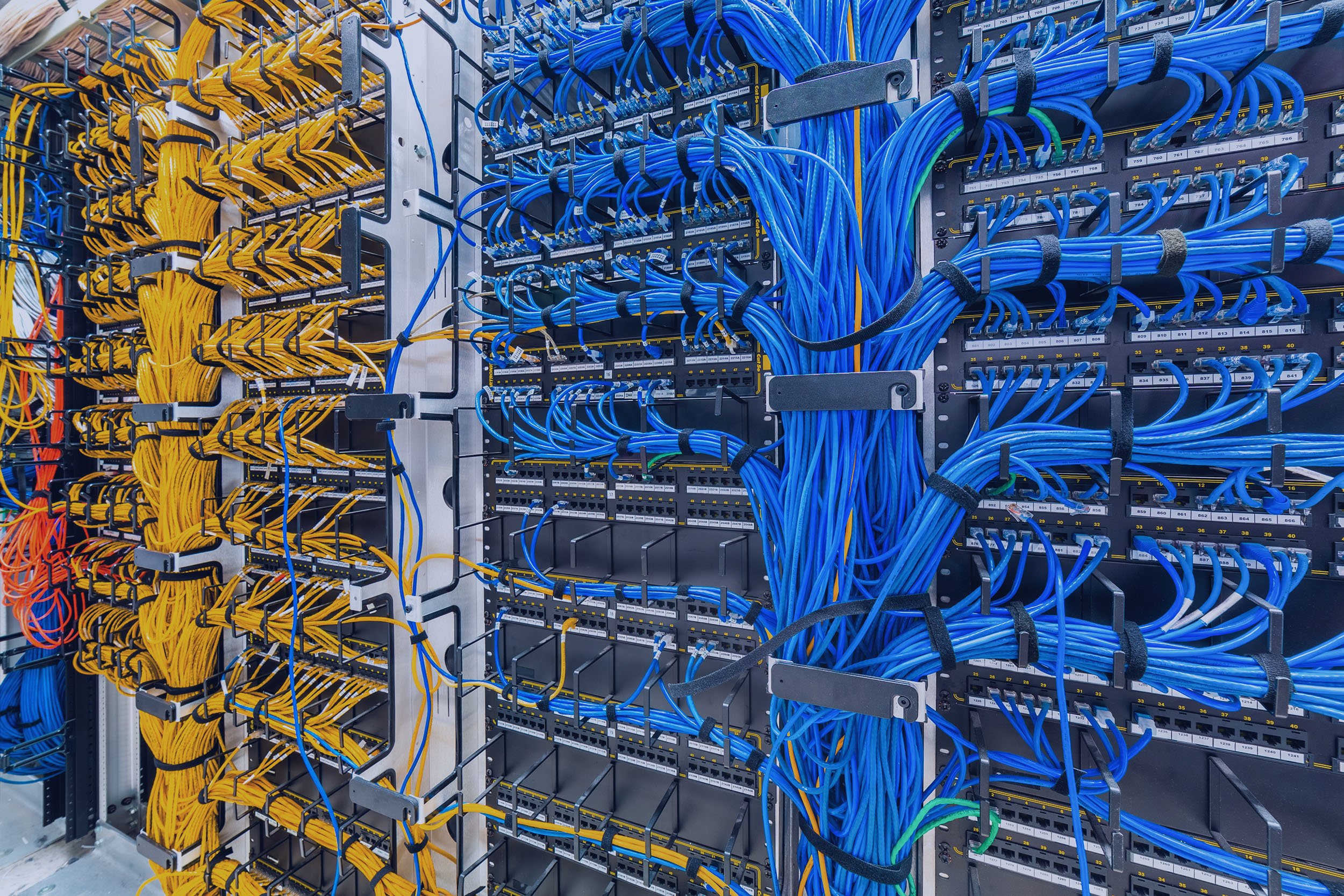redundancy

Make it reliable.
Which method of redundancy is the best fit for your project?
The Tier Classification system categorizes data centers into four tiers, ranging from Tier I to Tier IV, based on their infrastructure design, availability, and fault tolerance.
Each tier represents a progressively higher level of resilience and redundancy, with Tier IV being the most robust and fault-tolerant.
Tier I:
Data centers at Tier I level typically have basic infrastructure components and limited redundancy. Commissioning activities focus on verifying basic functionality and ensuring compliance with minimum uptime requirements.
Tier II:
At Tier II, data centers incorporate some redundancy in critical systems to enhance reliability. Commissioning efforts include testing redundant components, assessing fault tolerance, and validating failover mechanisms to minimize downtime risks.
Tier III:
Tier III data centers feature concurrently maintainable infrastructure, allowing for maintenance and upgrades without disrupting operations. Commissioning procedures emphasize the validation of redundant paths, fault tolerance levels, and concurrent maintainability to achieve high availability and uptime.
Tier IV:
Data centers at Tier IV level are designed to withstand the most severe disruptions with fault-tolerant architecture and multiple independent systems. Commissioning activities focus on rigorous testing of redundant components, fault isolation mechanisms, and fault tolerance capabilities to ensure continuous operation under any circumstance.
key areas of redundancy
-

Power
N+1: One additional backup unit for every set of required units.
2N: Fully duplicated systems (e.g., two separate UPS and generators).
2N+1: Fully duplicated plus an extra component for maximum resilience.
-

Cooling
N+1: Extra cooling unit available for failover.
2N: Fully redundant cooling infrastructure.
-

Network
BGP Multi-homing: Using multiple ISPs for redundancy.
Dual-path fiber connectivity: Separate fiber paths to prevent a single point of failure.
-

Storage
RAID Configurations: RAID 1, 5, 6, 10 for disk-level redundancy.
Geographically Redundant Backup: Data replication across multiple locations.

